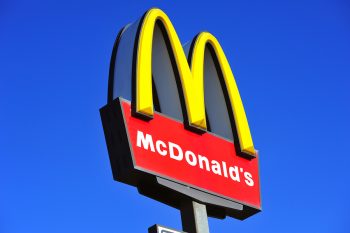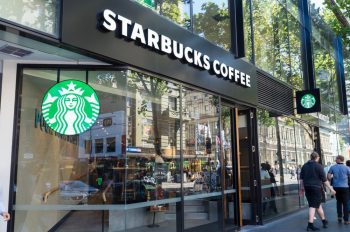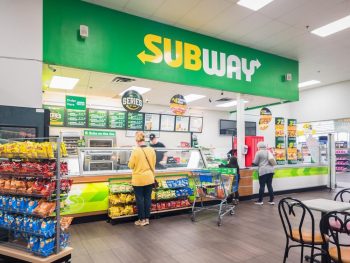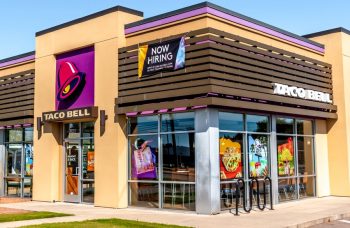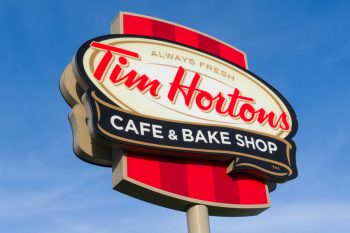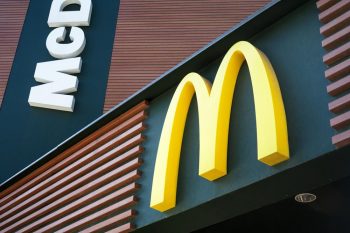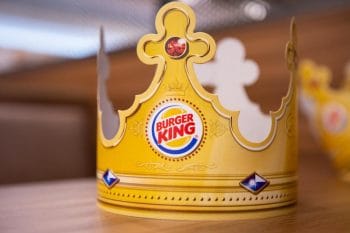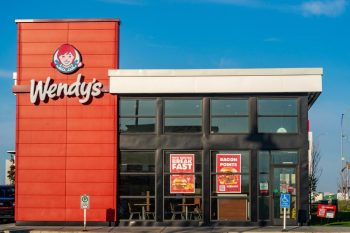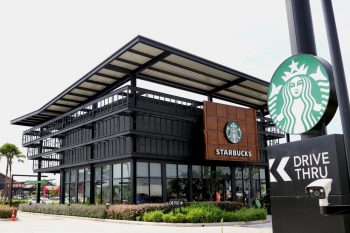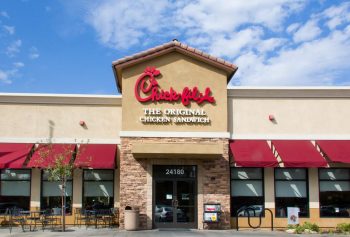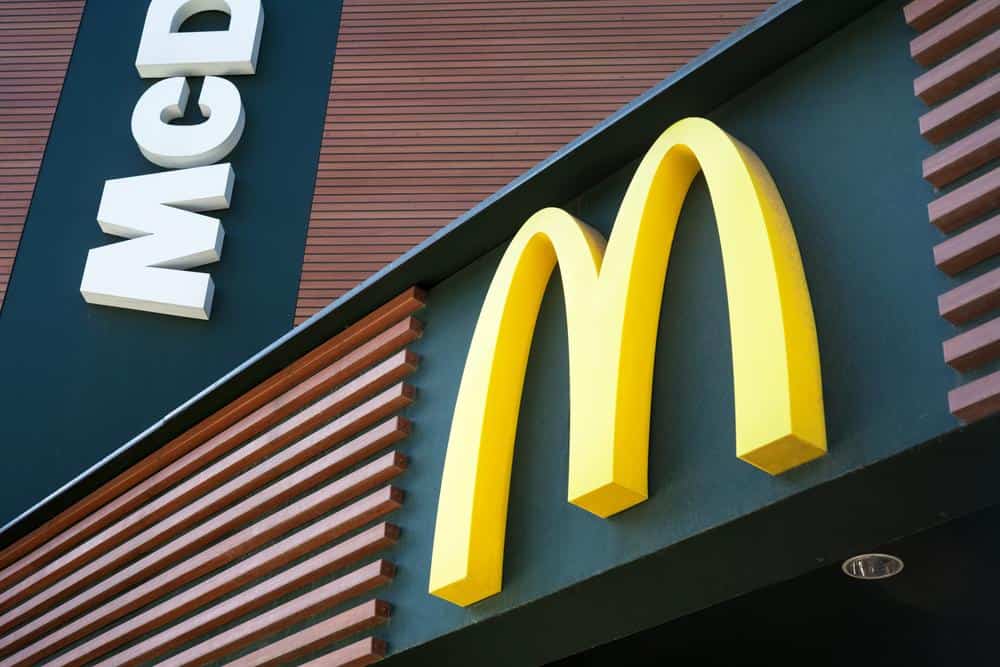
McDonald’s, a name synonymous with fast food, continues to expand its global footprint with over 39,000 locations in more than 100 countries. But have you ever wondered how McDonald’s decides where to build its new restaurants? The process is more strategic and complex than you might think, involving several factors ranging from real estate availability to demographic considerations, competition analysis, and much more.
McDonald’s decides where to build new restaurants through a strategic process that involves several factors. These include demographic and market analysis, competition evaluation, real estate availability and pricing, proximity to suppliers, and logistical considerations. The company also takes into account the potential for drive-thru demand and the visibility of the location. This comprehensive approach ensures the success and profitability of each new McDonald’s location.
Strategic Location Selection Process
The location selection process for McDonald’s is a strategic one that involves a combination of factors. McDonald’s has a dedicated team that looks at elements like area population, existing stores in the area, proximity to retail parks or shopping centers, and the potential for drive-thru demand.
The company also considers demographic shifts and population profiles that have occurred over the past 20 to 30 years. The ideal site for a stand-alone restaurant is typically 50,000 square feet, preferably a corner location with the option to put up signs visible from two major streets and near a major intersection with traffic signals.
Market Research and Analysis
Market research plays a crucial role in McDonald’s location strategy. The company conducts extensive demographic, geographic, behavioral, and psychographic data analysis to understand the needs and preferences of its customers. This includes focusing on a broad age group, from kids to senior citizens, and catering to an international audience with restaurants in both urban and rural areas.
McDonald’s also takes into account the density of a certain area. Restaurants in urban areas have a greater chance of testing new products, while those in rural areas may have a more conservative menu. This is driven by the fact that there are more people visiting the urban locations, making it more logical for McDonald’s to spend on advertisements and coupons in these areas.
Competition Evaluation
McDonald’s evaluates competition in a potential new restaurant location through a comprehensive process. This involves identifying key competitors, analyzing their strategies and objectives, assessing the competitive landscape, considering the threat of new entrants and substitutes, leveraging its competitive advantages, and exploring new restaurant concepts and formats.
Real Estate Availability and Pricing
Real estate availability and pricing play a significant role in McDonald’s decision to build a new restaurant. The company’s approach to real estate is unique in the fast-food industry, as it owns a significant portion of the properties where its restaurants are located. This strategy gives McDonald’s control over the locations and designs of its buildings, as well as the lease terms, which can be beneficial for both the company and its franchisees.
Proximity to Suppliers and Logistical Considerations
Proximity to suppliers and logistical considerations play a significant role in McDonald’s location strategy. The company’s integrated supply chain, long-term supplier relationships, use of technology, and commitment to sustainability all contribute to its success.
Evolution of Location Strategy
The decision-making process for new McDonald’s locations has evolved to include a mix of traditional and innovative restaurant formats, a focus on technology and digital transformation, and an expansion strategy that targets both domestic and international markets.
In summary, McDonald’s decision on where to build new restaurants is a strategic process that involves site evaluation, market segmentation, analysis of external factors, and consideration of various location-specific factors. This approach allows the company to identify the most suitable sites for new restaurants and ensure their success.
Whether you’re a business owner looking for insights on location strategy or a curious customer, understanding how a global giant like McDonald’s makes these decisions can offer valuable insights.
Frequently Asked Questions
How does McDonald’s manage its supply chain?
McDonald’s manages its supply chain through a well-integrated system that includes long-term supplier relationships, use of advanced technology, and a commitment to sustainability. The company works with local suppliers where possible and ensures they meet McDonald’s stringent quality and safety standards.
What is the significance of McDonald’s owning a significant portion of the properties where its restaurants are located?
By owning a significant portion of its properties, McDonald’s gains control over the locations and designs of its buildings, as well as the lease terms. This strategy can be beneficial for both the company and its franchisees. It allows McDonald’s to maintain consistency in its restaurant layouts and designs, and gives the company leverage in lease negotiations.
How does McDonald’s cater to different age groups and international audiences?
McDonald’s caters to different age groups and international audiences by conducting extensive demographic, geographic, behavioral, and psychographic data analysis. This helps the company understand the needs and preferences of its customers and tailor its menu offerings accordingly. For instance, McDonald’s may offer Happy Meals for children, healthier options for adults, and region-specific menu items for international locations.
How does McDonald’s handle competition in new potential locations?
McDonald’s evaluates competition in potential new restaurant locations through a comprehensive process. This includes identifying key competitors, analyzing their strategies and objectives, assessing the competitive landscape, considering the threat of new entrants and substitutes, leveraging its competitive advantages, and exploring new restaurant concepts and formats.
How has McDonald’s location strategy evolved over the years?
McDonald’s location strategy has evolved to include a mix of traditional and innovative restaurant formats, a focus on technology and digital transformation, and an expansion strategy that targets both domestic and international markets. The company continually adapts its strategy in response to changing consumer behaviors and market trends.

